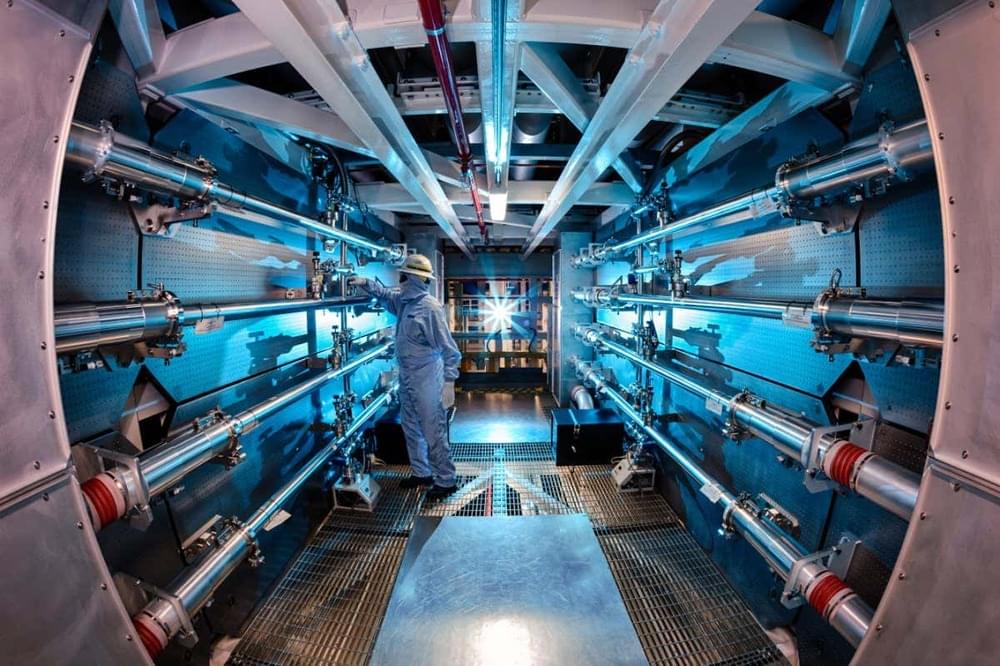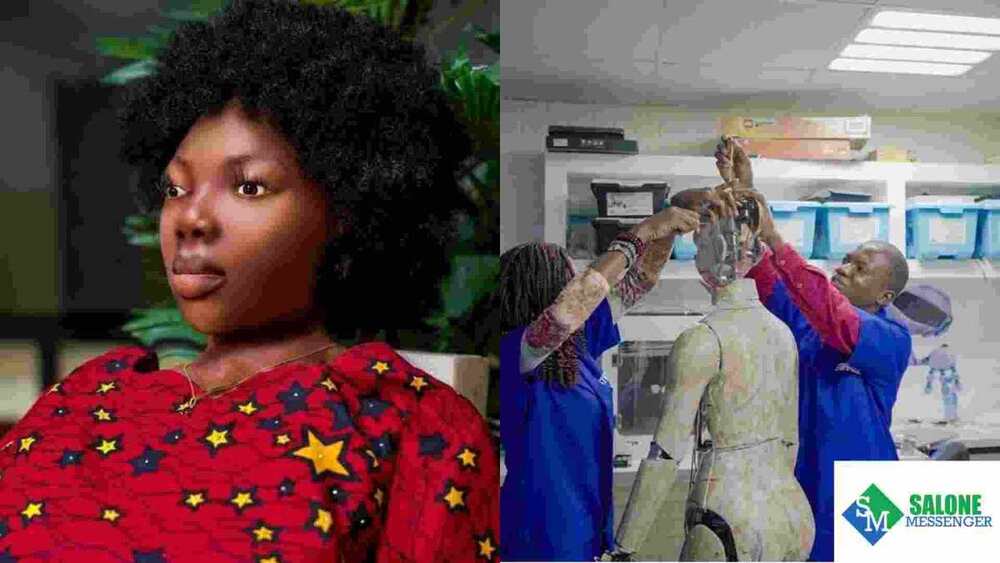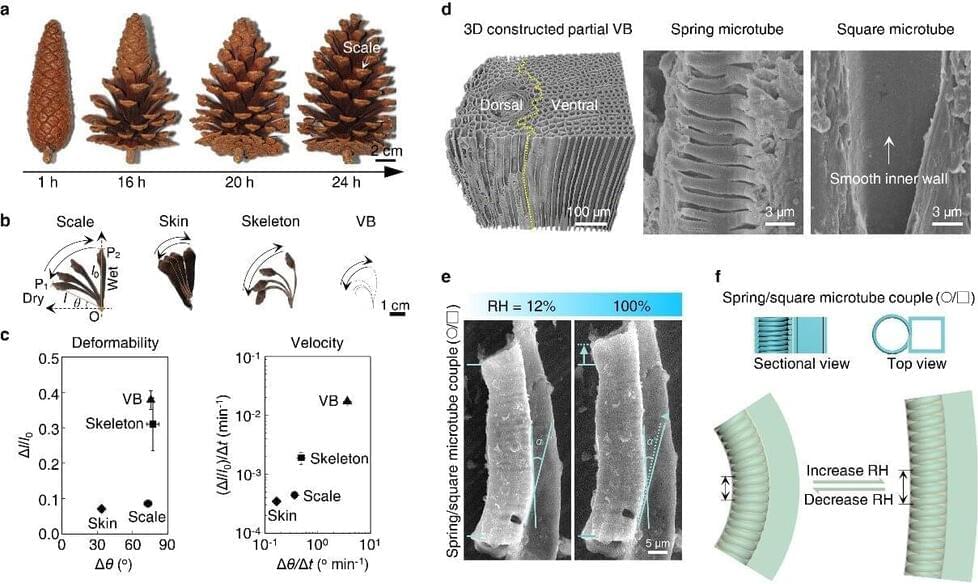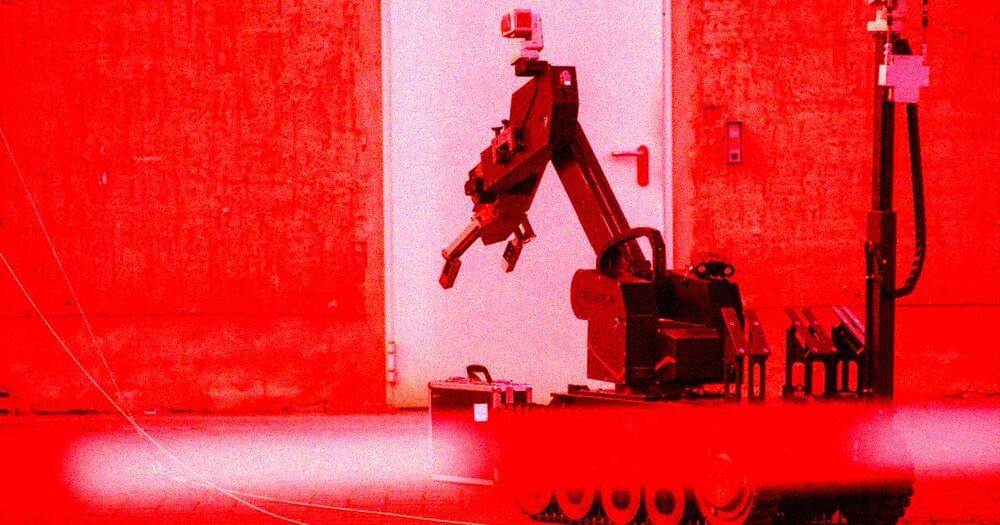Burning plasma fusion reactions, thought to be crucial for building working fusion reactors, are producing more high-energy particles than researchers expected. Solving the mystery of why could be key to making fusion viable.


Burning plasma fusion reactions, thought to be crucial for building working fusion reactors, are producing more high-energy particles than researchers expected. Solving the mystery of why could be key to making fusion viable.

Omiefe Africa’s first humanoid robot has been built by a Nigerian company, Uniccon.
As the world takes a U-turn in inventions ranging from smartphones, and drones, and now with the latest inventions of humanoid (robots).
The humanoid robot was unveiled at the world’s biggest technology event, Gitex, which took place at Dubai World Trade Centre, from October 10th to 14th.

In a study recently published in Nature Materials, Prof. Wang Shutao from the Technical Institute of Physics and Chemistry (TICP) of the Chinese Academy of Sciences (CAS) and Prof. Liu Huan from Beihang University revealed the secret of ultra-slow motion of pine cones and developed mimicking actuators enabling unperceivable motion.
Responsive actuators have attracted extensive attention by virtue of their great potential applications in flexible robotics, sensors, energy conversion and other fields. Pine cones are a well-known bionic model for constructing artificial actuators.
However, little attention has been paid to the fact that the hygroscopic motion of pine cones is an ultra-slow process. Hygroscopic deformation has long been attributed to the uneven hygroscopic expansion of vascular bundles (VBs) and sclereids, controlled by their different microfibril orientations. The mechanism cannot explain the observation that VBs themselves are capable of reversible hygroscopic motion. Therefore, the mechanism of ultra-slow motion in pine cones has long been unclear.
Timestamps :
2:40 0) Unconditional-Acceleration / Technomics.
18:31 1) Zero-Acceleration / Technoskepticism.
33:33 2) White-Acceleration / Technotraditionalism.
47:23 3) Right-Acceleration / Technocapitalism.
54:05 4) Left-Acceleration / Technocommunism.
1:09:32 Conclusion.
TWITTER https://twitter.com/Transhumanian.
PATREON https://www.patreon.com/transhumania.
BITCOIN 14ZMLNppEdZCN4bu8FB1BwDaxbWteQKs8i.
BITCOIN CASH 1LhXJjN4FrfJh8LywR3dLG2uGXSaZjey9f.
ETHEREUM 0x1f89b261562C8D4C14aA01590EB42b2378572164
LITECOIN LdB94n8sTUXBto5ZKt82YhEsEmxomFGz3j.
CHAINLINK 0xDF560E12fF416eC2D4BAECC66E323C56af2f6666.
Post-Comprehension’s Channel : https://www.youtube.com/c/PostComprehension

Scientists have discovered the brightest energy burst ever detected in space — and Astronomy Twitter is abuzz over the electrifying finding.
As Vice reports, this uber-bright gamma ray burst (GRB), which are huge bursts of energy that occur during major galactic events such as star deaths, was detected by both NASA’s Fermi Gamma-ray Space Telescope and the Neil Gehrels Swift Observatory at England’s University of Leicester.
“Brightest GRB ever just dropped,” University of Alabama astrophysicist Marcos Santander tweeted.
At Connect 2022, Facebook-turned-Meta Mark Zuckerberg and a fellow metaverse exec both appeared as their new, legged avatars. But only they had legs.

Police in Oakland are hoping to arm robots with potentially lethal shotgun-like attachments. Why? Because that’s the reality we live in now.
As The Intercept reports, the Oakland police force made a “percussion actuated nonelectric disruptor,” or PAN disruptor, a top-priority item on their wish list last year.
In short, PAN is a shotgun-shaped accessory attachment for wheeled robots, which are often deployed in war zones and by bomb squads.


Get a Wonderful Person Tee: https://teespring.com/stores/whatdamath.
More cool designs are on Amazon: https://amzn.to/3wDGy2i.
Alternatively, PayPal donations can be sent here: http://paypal.me/whatdamath.
Hello and welcome! My name is Anton and in this video, we will talk about a discovery of a huge galactic structure behind the Milky Way in the hidden Zone of Avoidance.
Links:
https://arxiv.org/pdf/2210.16332.pdf.
https://en.wikipedia.org/wiki/Zone_of_Avoidance.
Great attractor mystery: https://youtu.be/xAS-IoKLddU
Great debate: https://youtu.be/kcKOV7IwlNc.
#zoneofavoidance #milkyway #mystery.
Support this channel on Patreon to help me make this a full time job:
https://www.patreon.com/whatdamath.
Bitcoin/Ethereum to spare? Donate them here to help this channel grow!
bc1qnkl3nk0zt7w0xzrgur9pnkcduj7a3xxllcn7d4
or ETH: 0x60f088B10b03115405d313f964BeA93eF0Bd3DbF
Space Engine is available for free here: http://spaceengine.org.
Enjoy and please subscribe.
Twitter: https://twitter.com/WhatDaMath.